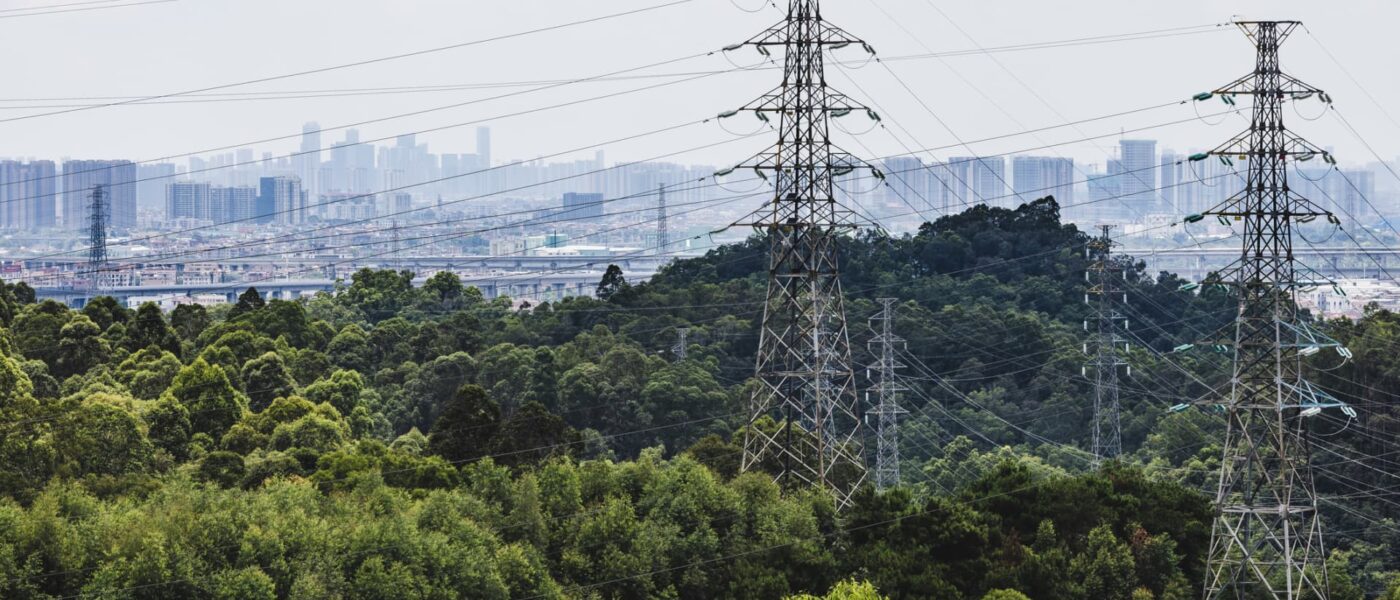Why electricity prices are surging for U.S. households
Kilito Chan | Moment | Getty Images
Electricity prices are rising quickly for U.S. households, even as overall inflation has cooled.
Electricity prices rose 4.5% in the past year, according to the consumer price index for May 2025 — nearly double the inflation rate for all goods and services.
The U.S. Energy Information Administration estimated in May that retail electricity prices would outpace inflation through 2026. Prices have already risen faster than the broad inflation rate since 2022, it said.
“It’s a pretty simple story: It’s a story of supply and demand,” said David Hill, executive vice president of energy at the Bipartisan Policy Center and former general counsel at the U.S. Energy Department.
There are many contributing factors, economists and energy experts said.
At a high level, the growth in electricity demand and deactivation of power-generating facilities are outstripping the pace at which new electricity generation is being added to the electric grid, Hill said.
Prices are regional
U.S. consumers spent an average of about $1,760 on electricity in 2023, according to the EIA, which cited federal data from the Bureau of Labor Statistics.
Of course, cost can vary widely based on where consumers live and their electricity consumption. The average U.S. household paid about 17 cents per kilowatt-hour of electricity in March 2025 — but ranged from a low of about 11 cents per kWh in North Dakota to about 41 cents per kWh in Hawaii, according to EIA data.
Households in certain geographies will see their electric bills rise faster than those in others, experts said.
Residential electricity prices in the Pacific, Middle Atlantic and New England regions — areas where consumers already pay much more per kilowatt-hour for electricity — could increase more than the national average, according to the EIA.
“Electricity prices are regionally determined, not globally determined like oil prices,” said Joe Seydl, a senior markets economist at J.P. Morgan Private Bank.
The EIA expects average retail electricity prices to increase 13% from 2022 through 2025.
That means the average household’s annual electricity bill could rise about $219 in 2025 relative to 2022, to about $1,902 from $1,683, according to a CNBC analysis of federal data. That assumes their usage is unchanged.
But prices for Pacific area households will rise 26% over that period, to more than 21 cents per kilowatt-hour, EIA estimates. Meanwhile, households in the West North Central region will see prices increase 8% in that period, to almost 11 cents per kWh.
However, certain electricity trends are happening nationwide, not just regionally, experts said.
Data centers are ‘energy hungry’
The QTS data center complex under development in Fayetteville, Georgia, on Oct. 17, 2024.
Elijah Nouvelage | Bloomberg | Getty Images
Electricity demand growth was “minimal” in recent decades due to increases in energy efficiency, according to Jennifer Curran, senior vice president of planning and operations at…





